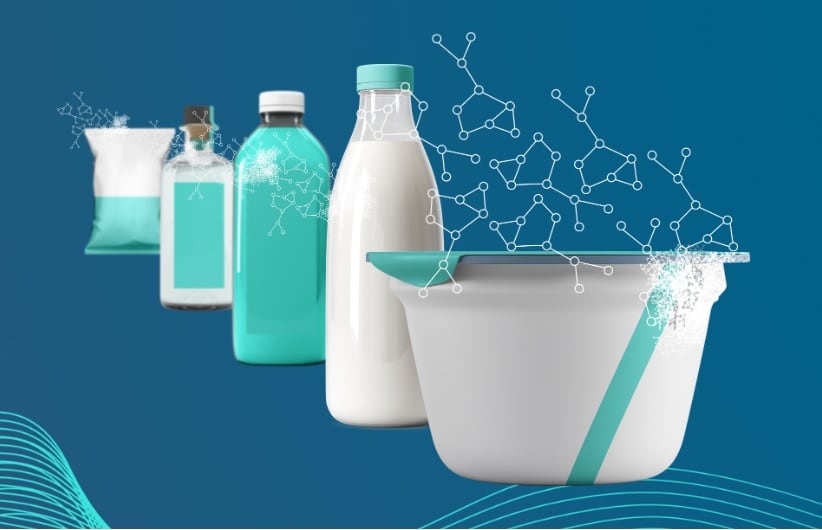Analytical Flavor Systems' artificial intelligence and machine learning platform, Gastrograph, is able to model human sensory perception and predict consumer preferences of food and beverage products enabling producers to model, understand, and optimise the flavour, aroma, and texture of their product for a target consumer demographic.
The team has achieved this ability by amassing a sensory database from consumer panels (of up to 3,500 people each) across the globe. These thousands of product testing panels allow the team to predict preferences at regional and demographic levels
Not only does the service allow manufacturers to optimise their flavour and texture profile for the target consumer, but it also allows for the creation of completely profiles that have not previously been considered.
The US-based team attended FiE in Paris last month to showcase what its about, revealing that it now provides texture analysis, and is adding new European geographies to its database all the time.
Bénédicte Bimont, Gastrograph's global innovation manager, told NutraIngredients the newly added texture database reveals how texture preference is impacted by demographics.
“We started working on texture predictions in 2017 about one year after the initial technology was originally commercialized. Since then, we have been constantly making improvements to the modelling, analysis, and optimizations.”
She provides the example of Asian consumer being much less averse to slimy textures than those in Western countries.
“Talking about Natto for example, Japanese really enjoy the slimy texture of it, when most of westerners are mainly repelled by the texture of this product.”
Gender and age also have an impact too. She adds: “The most clear-cut distinctions are intergenerational differences versus age. In Russia we saw some very interesting differences in consumer preferences for the texture of deli meat between the soviet and post-soviet generation - where older consumers were much more accepting of the moist homogenized meats in a tube.”
Gummies
Bimont suggests this is a particularly big opportunity for plant-based gummy producers, especially with many trying to avoid gelatin.
“The texture of a gummy is a very strong driver of preference or dis-preference, and the ingredients used to produce gummies can create very different textures.
“Gelatin used to be a very common and highly used ingredient for the confection of classic gummies, but one of the movements we're seeing nowadays is to remove this ingredient from the formulation to create a plant-based product, using instead ingredients such as agar-agar or pectin.
“We can use our technology here to find novel textures that would be more liked than the gelatin one, using alternative ingredients. The AI will look at tens of thousands of profiles, not only from the gummy category but also in adjacent categories, to find highly preferred texture profiles that can be applied in the gummy matrix for the target population.”
Sports nutrition
And the plant-based revolution is also having an impact on textures in the sports nutrition category. Bimont points out that functional ingredients, especially in protein, can have undesirable off-flavours or textures, making this AI tech particularly useful in the area of protein bar production.
Instead of looking at drivers of preference from existing products, Benedicte says the AI can simulate the sensory profile of hundreds of thousands of different protein bar concepts.
“We can put constraints to the AI for it to keep all of the protein characteristics within the product, but let enough freedom to the system to find novel combination of flavours to compliment those ingredients instead of masking them.
“This allows the formulators to expand outside of their traditional flavours and formulations and have access to a greater repertoire of possible sensory profiles.
“The AI can run very freely, with very little constraints, to find new concepts, or we can profile some prototypes developed with the formulator and run an optimization of them to improve the flavour profile by making smaller changes.
“The logic is about the same for texture: using traditional methodology, the formulator will also use drivers of preference for the product category, but using Gastrograph AI, we can look at hundreds for different texture profiles within the protein bars category.
“We can add constraints to the texture clusters to keep the texture characteristics of a protein bar and look at all combinations possible.
“The AI will take into consideration the interaction changes between the texture clusters, and link back those combinations to the preference of the target demographic to identify the best optimization possible for the market.”


